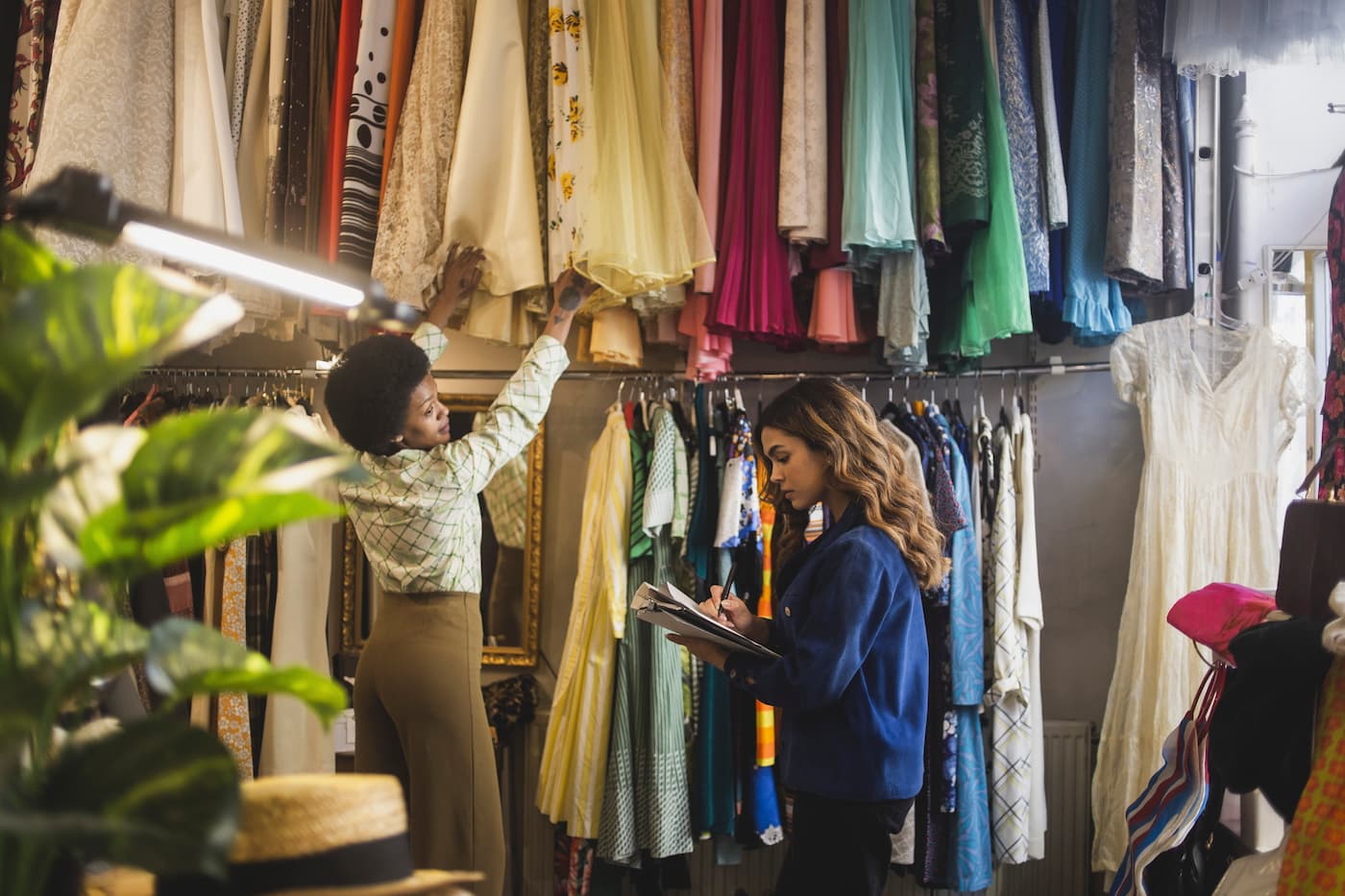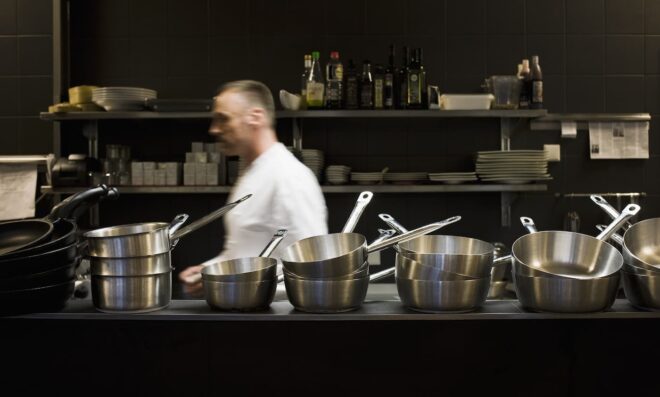Thanks to this shift in attitudes following the pandemic, the popularity of secondhand shopping has spread at the speed of a viral TikTok video.
According to threadUP’s 2022 resale report, the secondhand market in the U.S. generated $35 billion in revenue in 2021 and is expected to grow to over $82 billion by 2026, as secondhand pop-up shops, social accounts, and services continue appearing across the web. And for good reason: Millennial and Gen Z shoppers.
For this consumer group, secondhand sellers create an oasis in a time of economic and social uncertainty. These stores — both physical and virtual — combine their love for fashion, nostalgia, and sustainability into one experience. It’s no wonder 74 percent look for secondhand items first before buying new. If you’ve ever wondered how to break into the resale industry, or are looking for practical advice on how your business can similarly build a loyal following, here’s what you need to know.
There’s a customer for every item
In July 2020, supermodel Bella Hadid met a friend in 10ft Single by Stella Dallas, a favorite vintage shop in New York City. Seemingly overnight, word of her visit spread like wildfire, and young vintage enthusiasts began filming their own TikTok reviews of the store in droves.
For Andrés Ortega, one of the store’s managers, the social media explosion – and subsequent boost in sales – reinforced for him and the team a long-held belief about their approach to inventory: “People will buy everything and anything. There’s a customer for every item.”
Ortega recommends that businesses should be intentional with their inventory selection, but keep an open mind and listen to what customers want.
Don’t be afraid to evolve
While 10 ft Single has been a staple in the West Village since 1996, the store has reinvented itself many times over. Once a wholesale business to Japan, the store pivoted to sell hand-picked vintage items after the market failed in the early 2000s. Over the years, owners Mago and Junko Watanabes have adjusted to the changes in trends, economic stability, and demographic shifts in the neighborhood. Through it all, they’ve built a devoted following by adhering to a simple principle:
“Don’t have a narrow view on what you should put in your store, or even of what your store should be,” Ortega says.
For 10 ft Single, this meant expanding into vintage home goods sales when they opened their second location in 2006. “Because we’re passionate about the vintage business and meticulous in our approach, our customers are willing to follow us along in our journey,” says Ortega.
Quality products always win
For Laura MacNutt, the owner of KingsPIER Vintage in Halifax, Nova Scotia, the most important aspect of breaking into the resale industry is establishing an impeccable reputation.
“In the resale business, you’re the curator of your inventory, so it’s important to decide what your selection reflects about your brand, taste, and values,” says MacNutt. “I wanted to be known for delivering quality luxury items made from natural, sustainable, and biodegradable materials.”
Once a TV art director, MacNutt started KingsPIER Vintage selling goods out of her barn on weekends before opening a full-time brick-and-mortar store. Though her store’s location has moved over the years, MacNutt’s clientele have stuck with her because of the relationships she’s built and the reputation she’s maintained for delivering quality products.
“Because I’ve stuck with the same approach over the years, I’ve become known for curating a selection of timeless pieces that celebrate craftsmanship, form, and function,” says MacNutt.
Give the people what they want: Affordable luxury
TikTok and Instagram may not have created resale shopping, but they have transformed the way it’s marketed. Secondhand sellers open the possibility for consumers to purchase from luxury brands that would otherwise be completely out of reach. As social media has normalized the purchase of used items –especially high-end retail items – the average consumer is now able to invest in wardrobe statement pieces they can actually afford.
“Luxury vintage clothing is such a finite source; once it’s gone, it’s gone,” says Laura MacNutt, the owner of KingsPIER Vintage in Halifax, Nova Scotia. “But because of its durability and quality, it can experience several life cycles — and that’s the beauty of secondhand selling.”
To learn how Clover’s retail POS systems can help you learn how to run a successful thrift store, contact a Clover Business Consultant today.
CONTACT SALES






